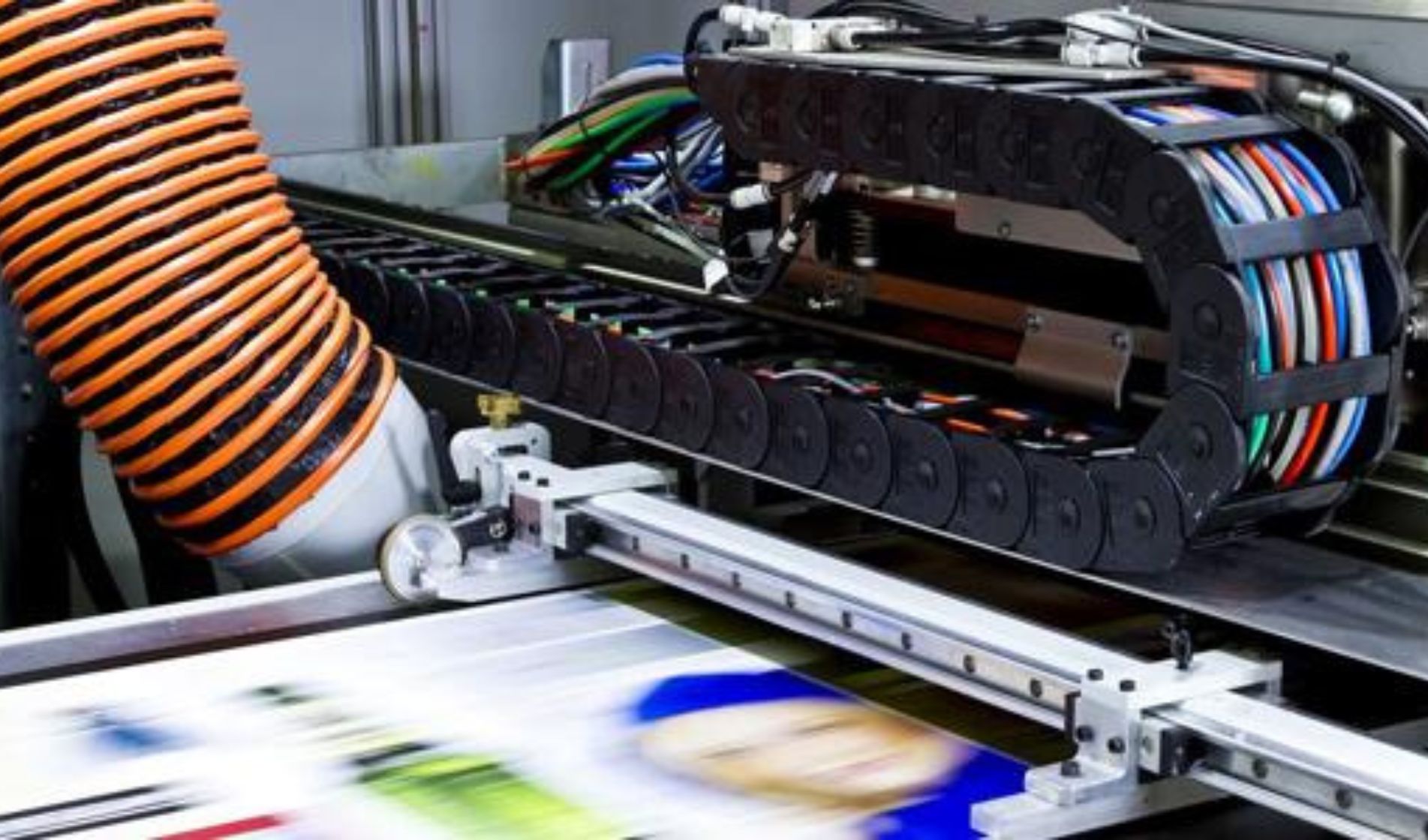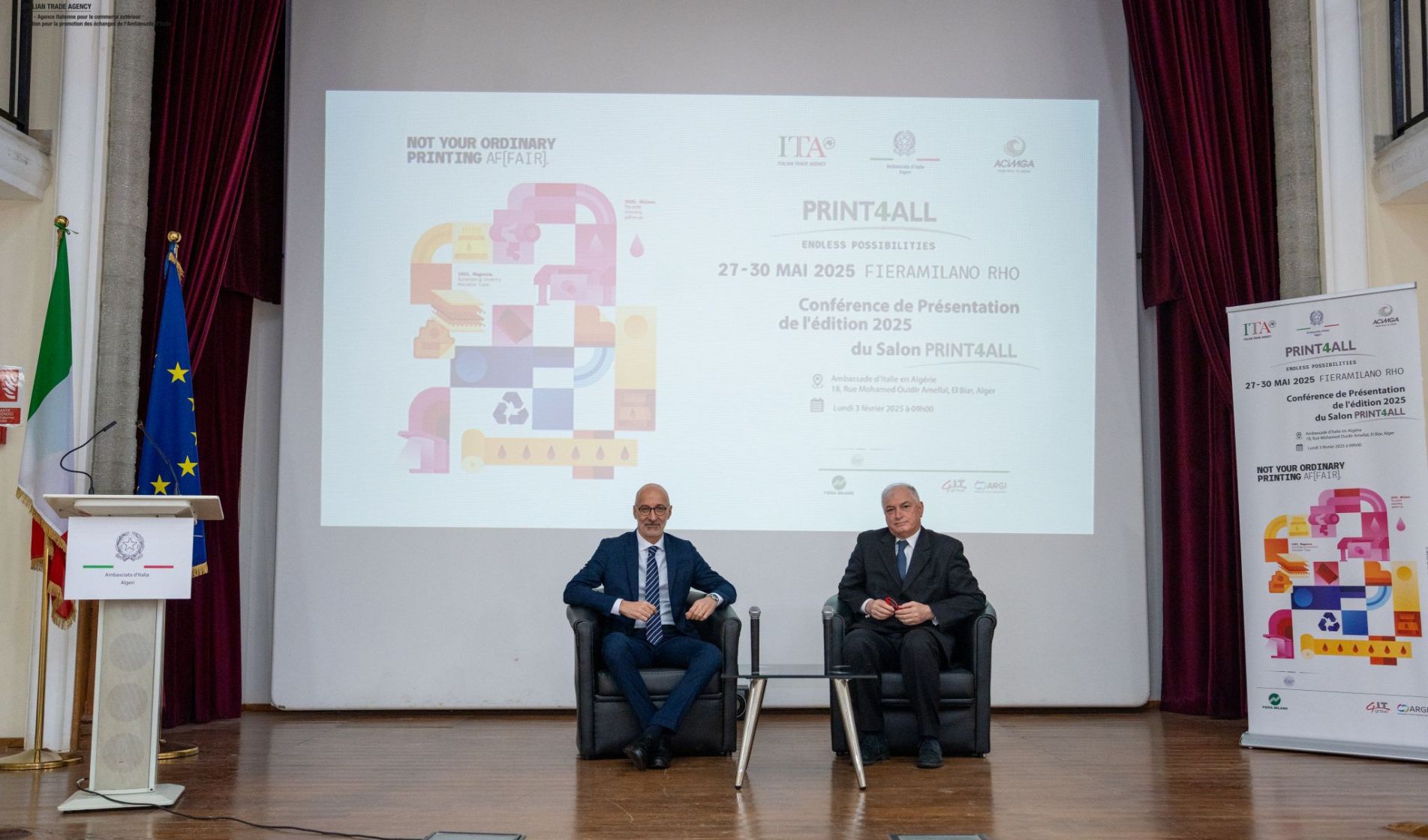Have you ever used generative AI such as Bard, Google Duet, ChatGPT or any of those using Open.AI infrastructure, Microsoft, AWS and other platforms? Artificial intelligence uses algorithms to respond to requests, using available data sets to formulate responses. It can be taught to respond to almost anything that can be broken down into steps. It can analyse and synthesise data and content to provide additional information, but it can make mistakes.
Generative artificial intelligence is used to create content. It can create text and images, transcribe and translate audio, and write computer code. To understand how this technology can be used in the printing sector, we asked artificial intelligence itself to give us an answer. ChatGPT immediately told us the leading six areas of AI use in printing, which are: customer service; design support; order customisation; prepress troubleshooting; product recommendations and order tracking/updating.
Many suppliers to the print industry have been exploring the use of artificial intelligence and machine learning (ML) for years. Imposition solution providers have used the combination of AI and ML techniques to present the most efficient imposition schemes based on specific requirements such as reducing waste and job changes. Other tools have begun to incorporate AI/ML techniques to accelerate the development of colour profiles, prepress workflow profiles and workflow rules for automation solutions. We may all have used artificial intelligence solutions without knowing it.
The use of artificial intelligence in software solution architectures is growing in both print and customer communications. In webinars and product demos you'll find some interesting integrations of OpenAI's ChatGPT, Significant-Gravitas' AutoGPT and even new features of GrammarlyGO. Of course, much of the application of AI is not revealed in the product specifications.
There are several companies that use generative artificial intelligence to improve their solutions. ChatGPT is used to improve communication with customers and provide guidance to ensure the tone of messaging is in line with corporate values. Artificial intelligence techniques have been used to eliminate scripts from document indexing and other processes through the use of intelligent models, and to automate the entire outbound document workflow.
But beware, artificial intelligence is not infallible: it can also make mistakes and pose risks to those who use it. We will look at these issues in more detail in a future post!






.jpg)
